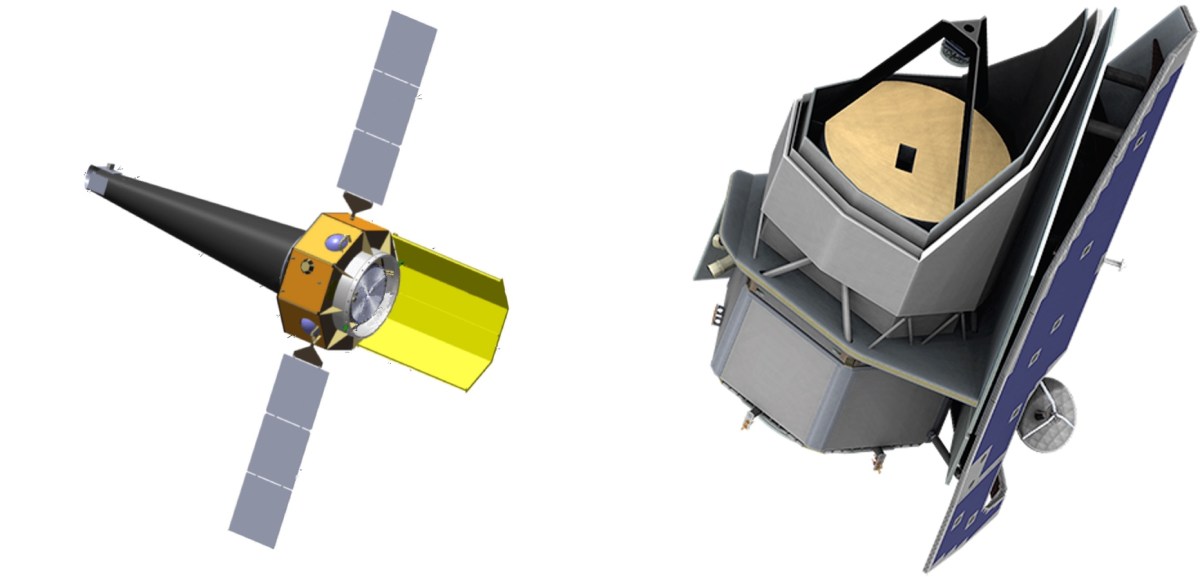WASHINGTON — NASA has selected proposals for X-ray and far-infrared space telescopes for additional study as part of a new line of astrophysics missions.
NASA announced Oct. 3 that it selected two proposals for further assessment as part of a new line of missions the agency is calling Probe Explorers. Each proposal will receive $5 million for one-year studies to advance their designs. The agency expects to select one of the two proposals in 2026 for development, with a launch projected in 2032.
One of the selected missions is the Advanced X-ray Imaging Satellite, or AXIS. The observatory is designed with a large field of view and high spatial resolution. The mission is intended to support a wide range of astrophysics, including key topics identified by the Astro2020 decadal survey such as supermassive black holes, flows of gas and dust in galaxies and transient phenomena.
The other selected mission is the Probe far-Infrared Mission for Astrophysics, or PRIMA. It would operate a 1.8-meter telescope optimized for far-infrared imaging and spectroscopy. It would address science topics from Astro2020 such as the chemistry of planet formation, the co-evolution of galaxies and their supermassive black holes and formation of galaxies, heavy elements and interstellar dust.
“Both of the selected concepts could enable ground-breaking science responsive to the top astrophysics priorities of the decade, develop key technologies for future flagship missions, and offer opportunities for the entire community to use the new observatory, for the benefit of all,” Nicola Fox, associate administrator for science at NASA, said in a statement.
NASA had been considering what it considered “probe-class” astrophysics missions for several years. Such missions are intended to fill a gap between smaller, competitively selected Explorer missions and larger, strategic flagship missions like the James Webb Space Telescope and Nancy Grace Roman Space Telescope. They are analogous to the New Frontiers line of planetary science missions at NASA, which fall between flagships and Discovery-class missions.
NASA announced in early 2022 it would formally proceed with a probe mission line, starting with far-infrared and X-ray mission concepts. That came after Astro2020 formally endorsed a line of probe missions with a cost cap of $1.5 billion.
The agency instead adopted a cost cap of $1 billion, one that does not include the cost of launch or international contributions. Officials said when they announced the probe program that once those are factored in, along with headquarters-held reserves, the cost cap would approach the $1.5 billion recommended by Astro2020.
NASA requested $12.5 million for the probe program in its fiscal year 2025 budget request, growing to nearly $300 million by 2029 to find development of the selected mission.
